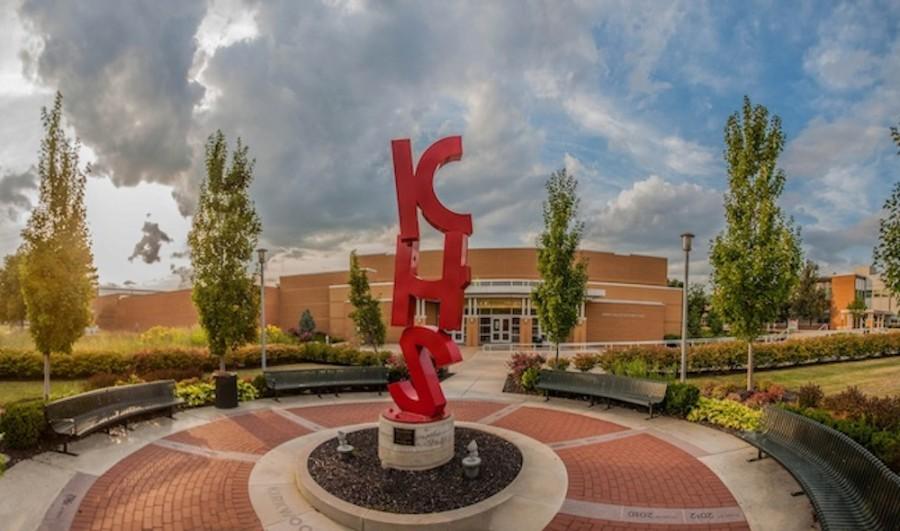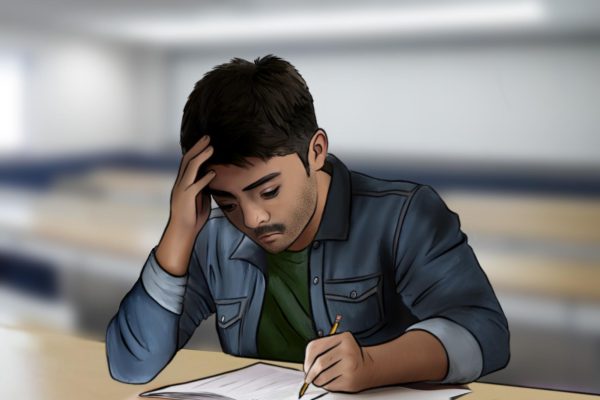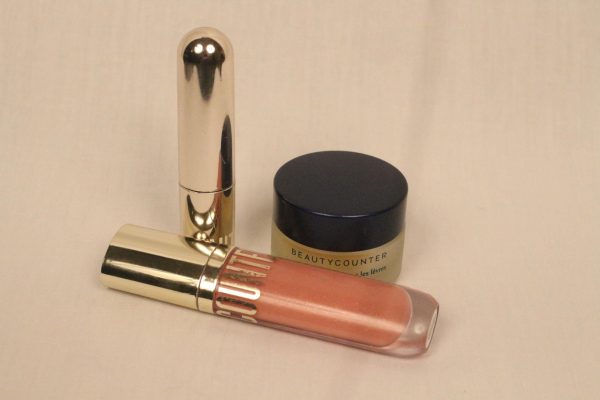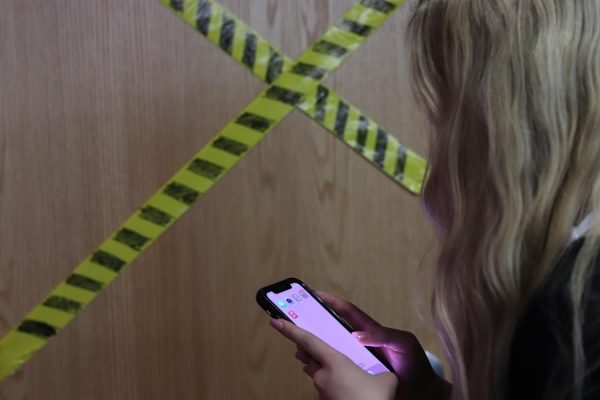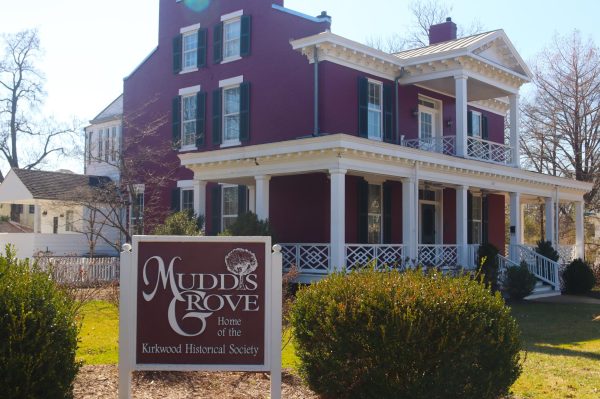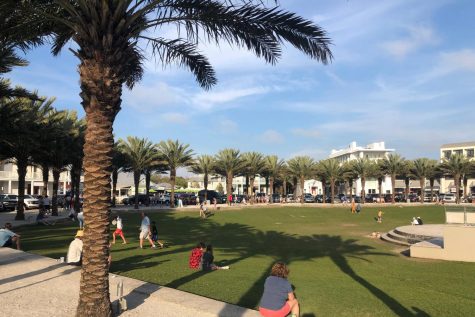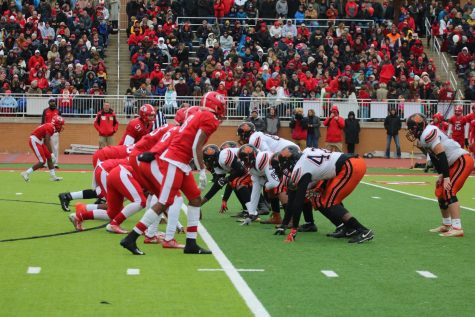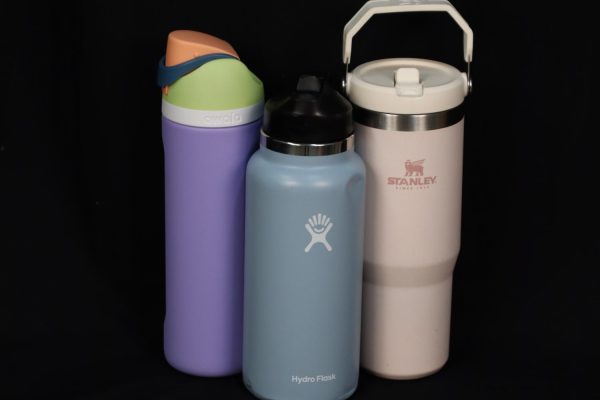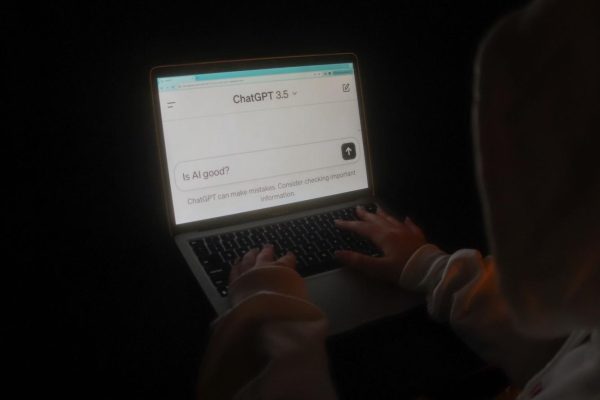To ID, or not to ID: that is the question?
Among hundreds of others strolling the halls at 7:35 a.m., students scramble for their student IDs.“IDs! IDs! Put your IDs on!” administrators call as swarms of teenagers hunt for their red lanyards to place around their necks.
Here are students being corralled like cattle and for what, our protection? I’m under the impression the teachers and adults at Kirkwood schools would protect us unconditionally if worse came to worse. So what is the administration of IDs and barricaded doors accomplishing? If an intruder wanted to get into any school they could, that is inevitable. Maintaining one sole entrance and quickly identifying an individual by a simple label can aid in the avoidance of an emergency but can not stop any one person.
During the infamous KSDK intrusion, that occurred in January of this year, students and staff prepared for worst. The lockdown was triggered when a KSDK reporter, working on an undercover story about school security, went into the schools’ office asking to speak with the security official. When the officer could not be reached, the reporter asked to use the bathroom. Leaving the office, he wandered the school, eventually leaving the premise, unescorted and unannounced. KHS was then put on full lockdown as the individual’s location was unknown. A strong reaction to this outbreak began this school year in which KHS enacted new policies implementing that all students wear mandatory IDs and all doors be locked during school hours, except for the main office.
As far as IDs go, there is a slight disconnect. The image of a young teenager with a backpack slung on their back, to me, represents a student. Perhaps, I have created this preconcept idea that a real intruder would be dressed in black with a hood and paired with a gun. May it be or not the instance that a shooter would legitimately fit this description, the locked doors eliminate the issue of any adult, identified or not, entering the school. With locked doors, the visitor, good or bad, can only enter through the main office; where there they will be given a visitor pass and escorted to their destination.
All students, at this point, understand the struggle of finding an open door. The annoyance that comes with attempting to motion someone down inside the building to open the door is acutely recognizable. Regardless of the inconvenience for students, the reality is the doors have affected the education of students. Tardies have been racked up over the course of this new school year and teachers offer no sympathy. The hallways at Kirkwood are at a standstill and it is nearly impossible to get to one end of campus to the other. The obstacles that the sealed barricades bring make attaining this goal substantially more difficult.
This is a place we go to 180 days out of the year; it should feel comfortable to us. Instead, the students struggle to even reach their class on time as an effect of the locked doors.
In a new age of school shootings, it’s understandable KHS has taken precautions to protect its students. In the case of an intruder, it’s roughly 2,000 people against one; therefore this prompts the pursuit of a locked door policy. With locked doors, students are in a contained area, thus teachers have a better way of knowing their students locations, making staff better equipped to protect all students.
Whether the matter be to lock or not to lock, or to ID or to not ID, school protection is important and Kirkwood illustrates strong actions to accomplish these goals but on the contrary students should be treated more like students. With the new protocol to keep doors locked, the teachers should have more understanding towards our being late to class.
Your donation will support the student journalists of Kirkwood High School. Your contribution will allow us to purchase equipment and cover our annual website hosting costs.

Grade: 12
Twitter handle: N/A
If you could be another Call staffer, who would you be?: I would be Katie Hackett because her wit is inspirational.
Interests: dogs,...


